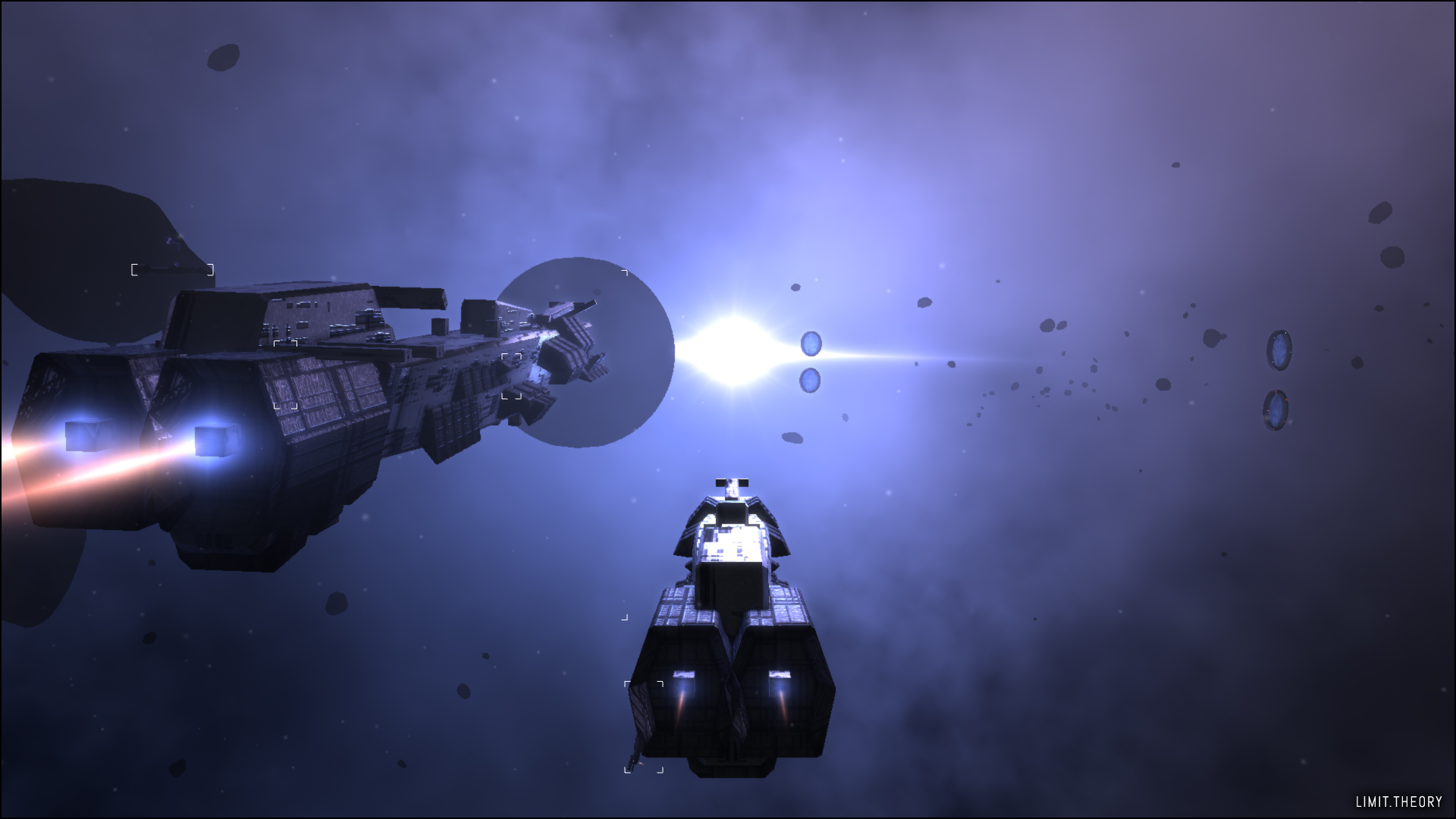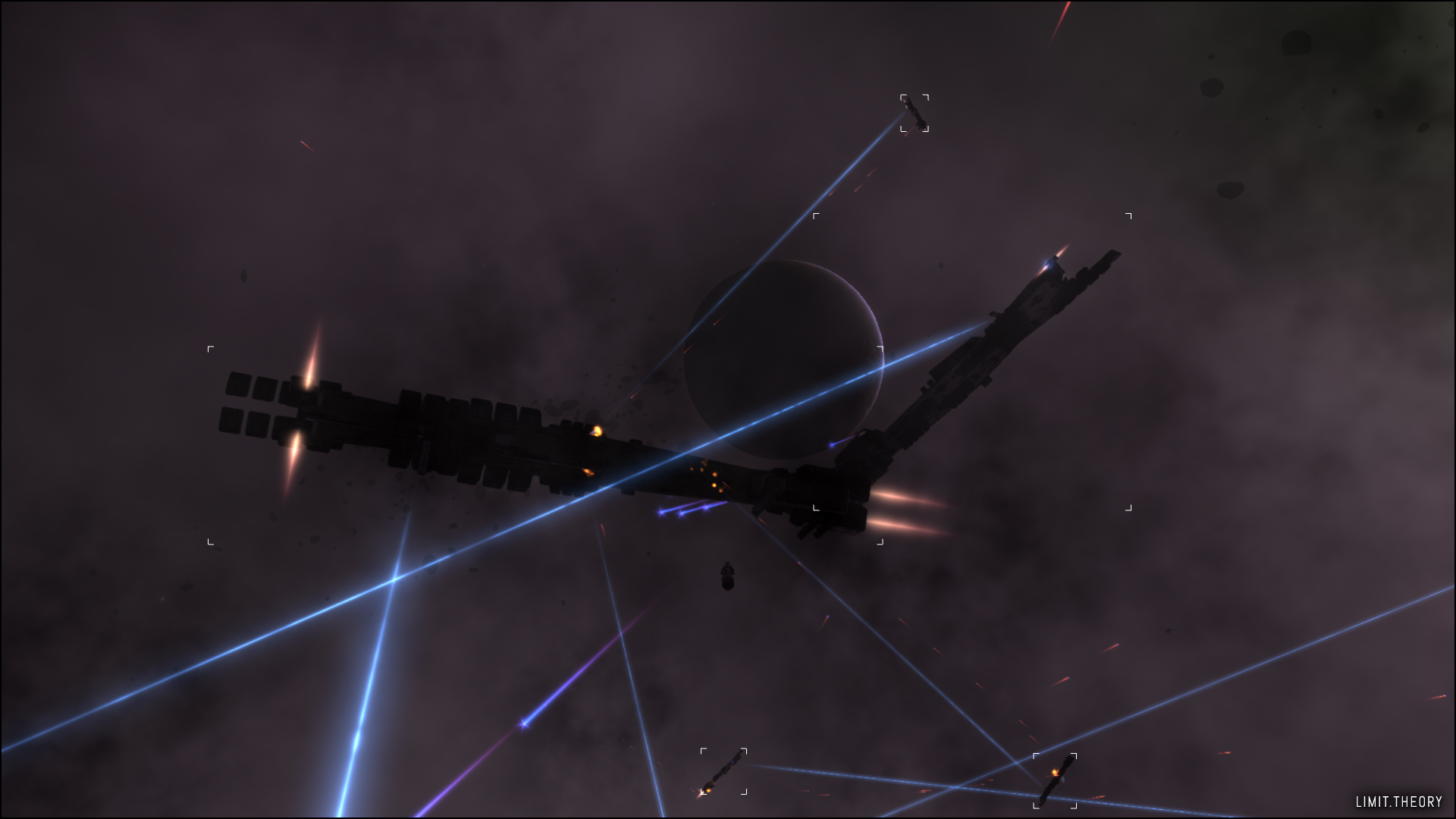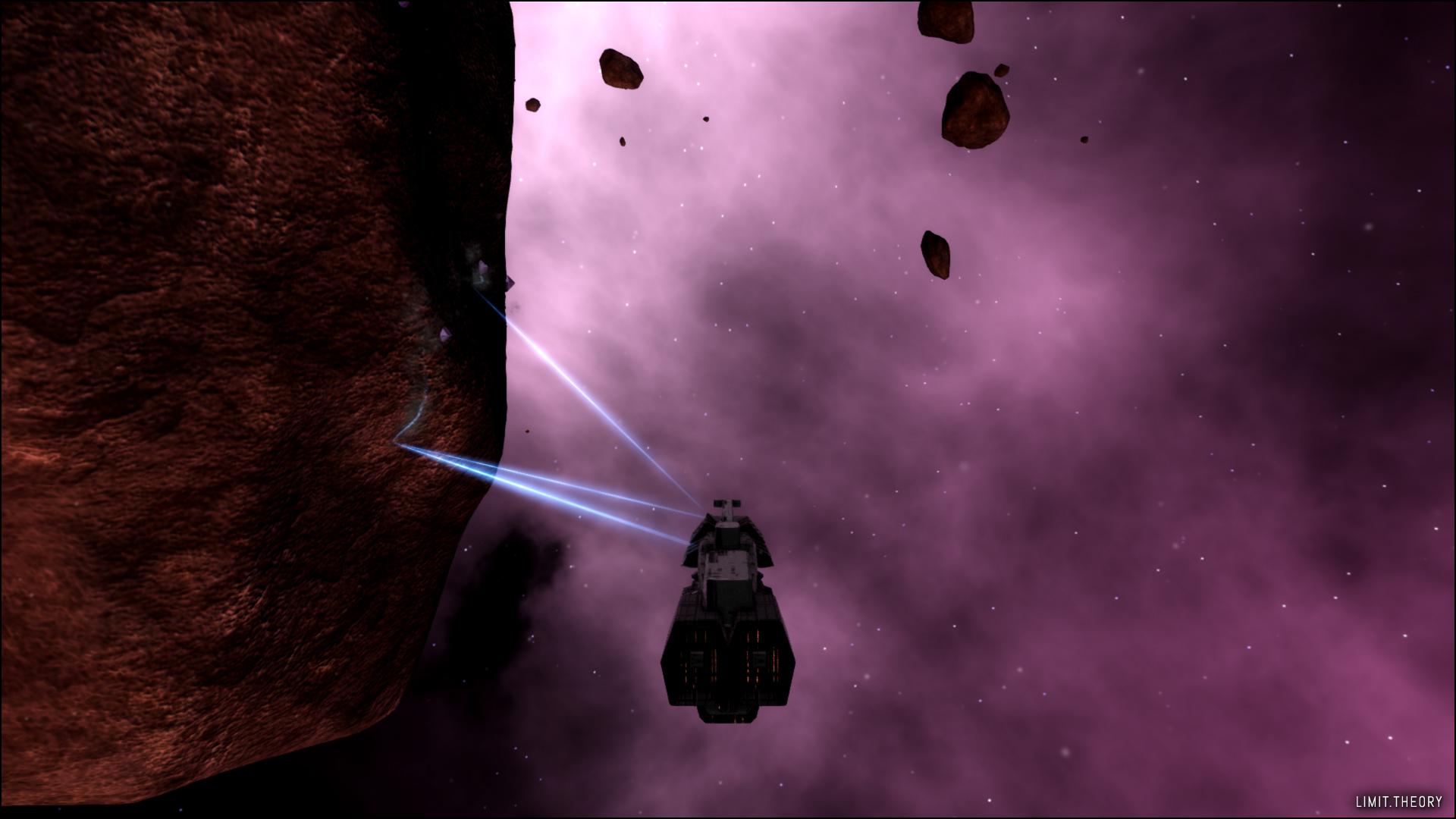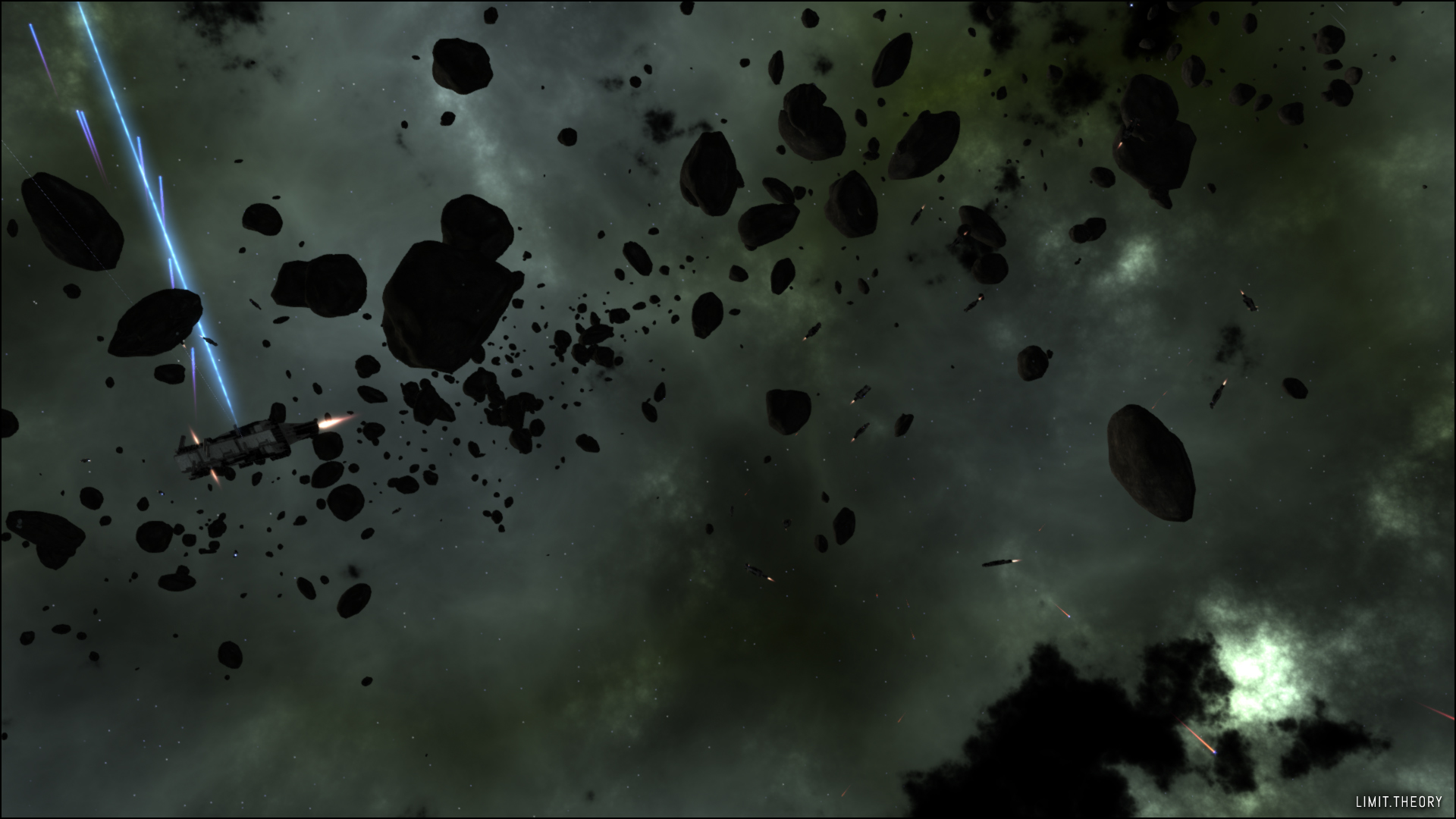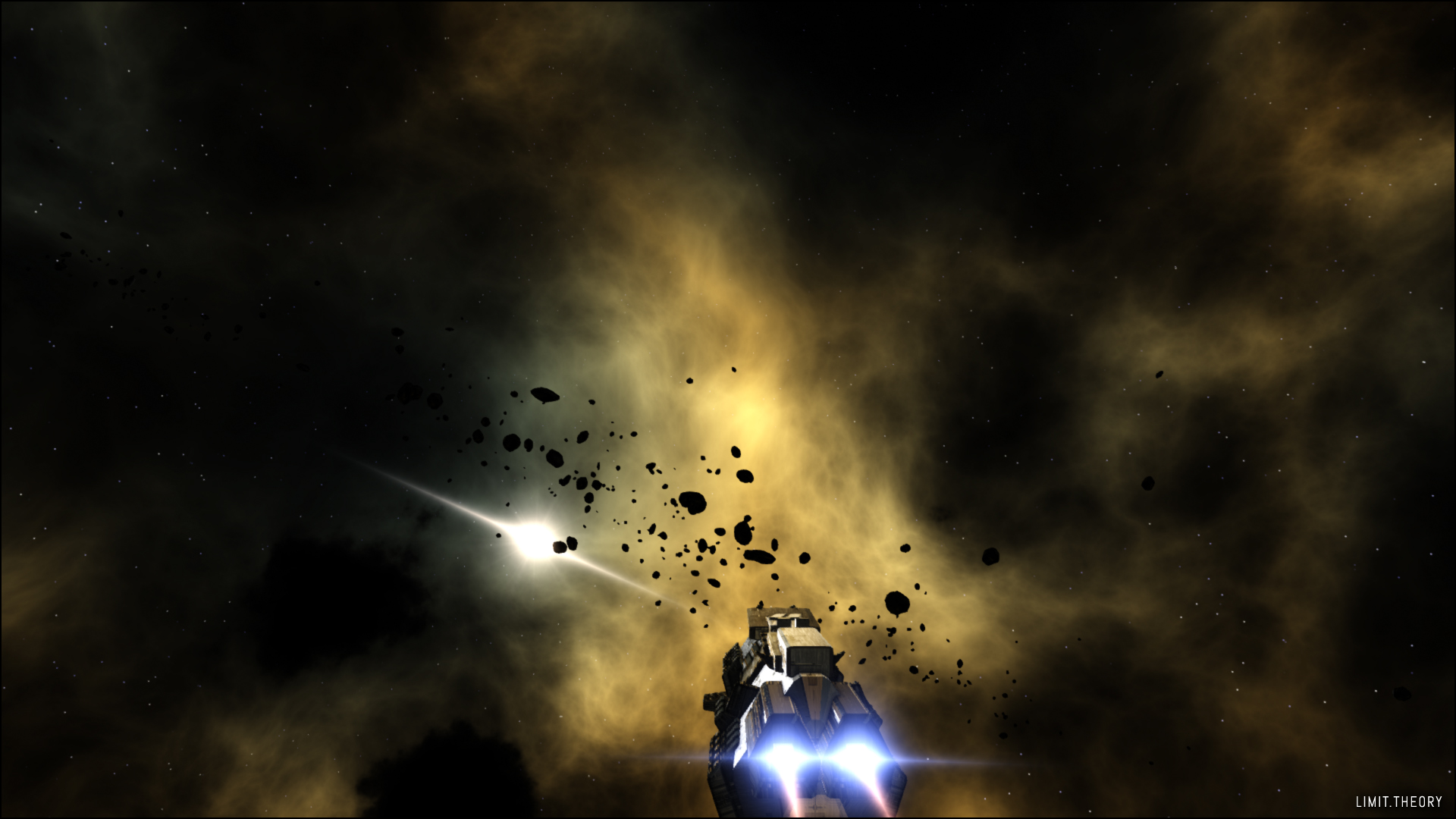Artist's Project Description: Space can be cold, dark, and lifeless. But not here. Here, in the many universes of
Limit Theory, space is luminous, vibrant, and rich with opportunity. Step into an open-world, sandbox universe in which you can explore, trade, pirate, mine, escort, hunt, defend, build, and more.
In brief,
Limit Theory is:
- An open-world space simulator / RPG
- A sandbox game: No story, no restrictions.
- Completely procedural: A completely new universe is only a button-click away.
- Infinite: The game universe has no boundary.
- Third-Person or First-Person: Command your ship from within or without.
- Deep and intelligent: Engage in far more than just combat or trading.
- Twitch-Based: Aim and fire weaponry directly, as you would in a shooter.
- Approachable: Intuitive controls and slick interfaces ensure that playing will never feel like a job.
- Strategic: Command an entire fleet when you amass enough cash to purchase more ships.
- Extensively-Customizable: Outfit your ship, fleet, and space stations with whatever equipment you choose.
- Single Player: A universe built just for you, that no one else will ever get to see (unless you choose to share it with them!)
- Beautiful and Atmospheric: Gaze in awe at a universe as diverse, vibrant, and uniquely-atmospheric as your dreams.
John says: Why am I pitching you on
Limit Theory, an
Elite-style game, instead of
Elite: Dangerous, which is being pitched by the guy who actually co-created
Elite? Part of it is because this co-creator,
David Braben, has a history of failing to show something for his promises (
Elite IV, now
Elite: Dangerous, was originally to be released in 2008). Incidentally, over-promising and under-producing is why I'm not pitching
Peter Molyneux's new Kickstarter, the
Populus-inspired
Project GODUS.
The other reason I'm pitching
Limit Theory and not
Elite: Dangerous is that
Limit Theory actually has something to show for itself, and after just three months of coding by a one-man outfit! Josh Parnell studies computer graphics at Stanford and still finds time to spend 40 hours a week designing
Limit Theory. He's pretty good at that graphics stuff, too; in fact, he won the grand prize at the 2012 Stanford Rendering competition by writing a GPU-accelerated renderer (using MC path tracing) from scratch. Take a look at his winning entry:
The kid has ambition in spade, but he's also promising a lot, and he's promising to deliver it in just 14 months. That seems a tall order, but to his credit, Josh seems pretty down-to-earth about things:
Josh Parnell wrote:Limit Theory is a large undertaking..I won't deny it! I certainly wouldn't blame you for questioning whether a single young programmer could fulfill what may seem like a AAA-grade promise. But the key difference here is in assets. Limit Theory has no assets - they are procedurally generated - which means all I really have to worry about is algorithms and gameplay.
Since Limit Theory is totally procedural, I don't have to spend day after day modeling new ships or painting new background textures. When I spend a day working on a procedural algorithm, not only does it enhance the quality of one asset, it enhances the quality of EVERY asset of that kind in the game. This is really an incredibly efficient development process. The problem of building an entire game of assets becomes the problem of building an algorithm to construct a single type of asset. It's this sweeping simplification of game development that allows me to work quickly enough to build Limit Theory as a one man team.
Now, you might be skeptical. You might think that everything will look the same after a while, perhaps because you've seen poorly-done procedural content before. But that's not the way it has to be. That's not a fundamental property of PCG. Procedural algorithms can be as complex, diverse, and varied as the author allows them to be. Since they are at the heart of Limit Theory, you can rest assured that I will be spending countless hours advancing and tuning the algorithms to make sure that they produce high-quality yet diverse content.
So there you have it. At the risk of sounding ludicrous, my claim to you is that building Limit Theory is easy. I build an algorithm for planets, ships, background nebulae, asteroids, stations, etc...and then I build the gameplay. I recognize that the latter, in particular, is quite a complex task, which is why I have allotted over a year for it.
With procedural algorithms and an endless supply of coffee by my side, I will face the challenge of building Limit Theory, and I can't wait to show you the result :)
And once again, he actually has a fair bit to show for just three months of work. As he says, if he can get this far in three months, imagine what he can do with 14 more?
I admire people who have the guts to pursue dreams, even when those dreams seem unobtainable, and Josh strikes me as a "doer" who will make this work. I've dropped a $15 pledge on him, and I'll be watching his progress with interest. If things shape up well, that pledge may increase. If you like what you see here, consider making a pledge of your own!
